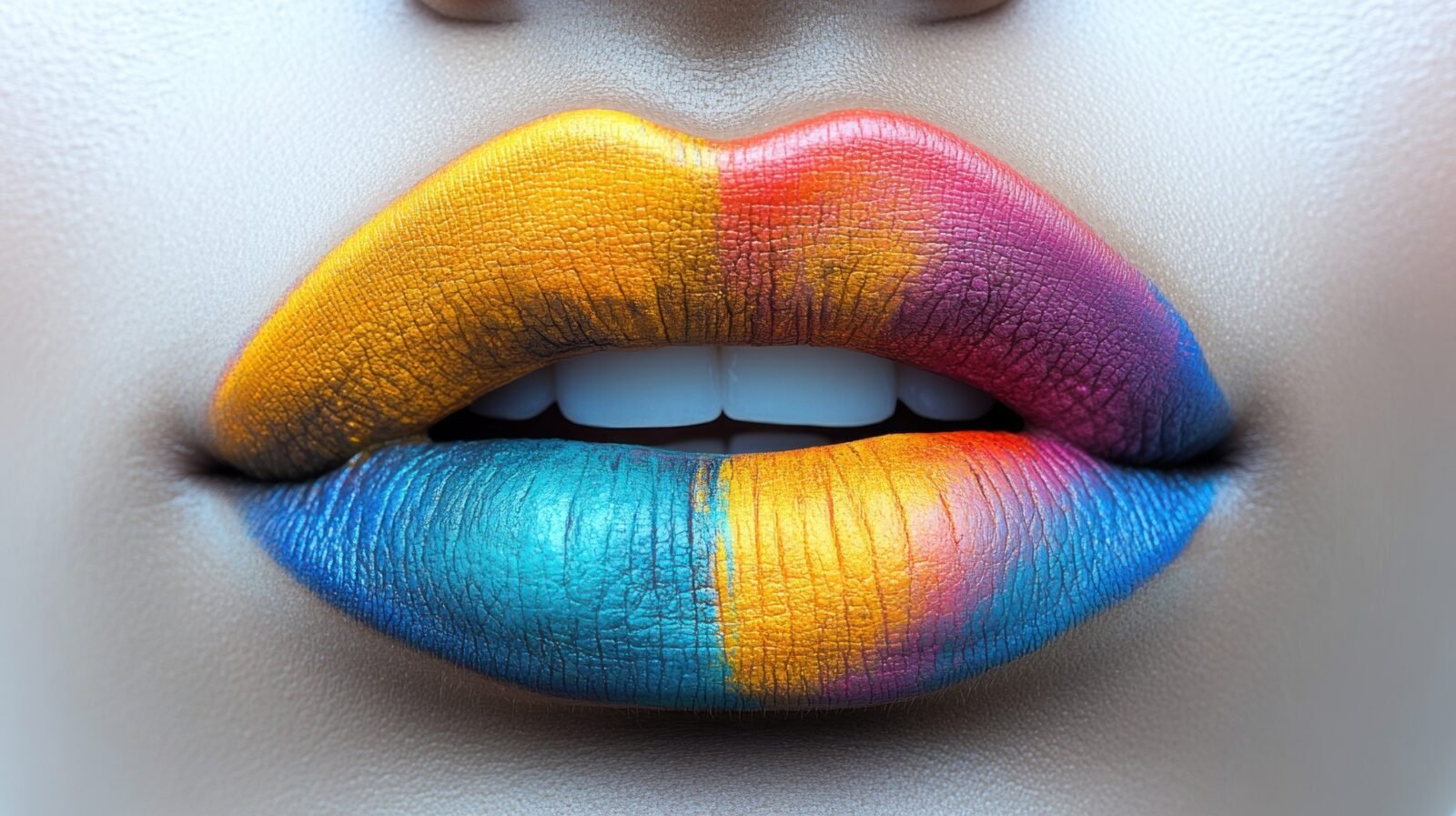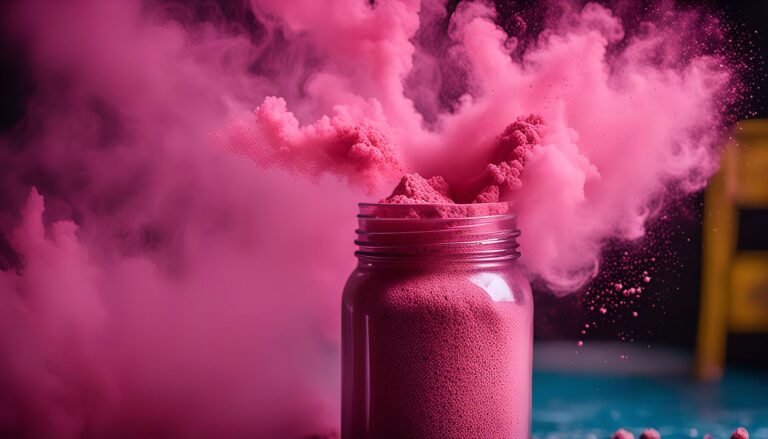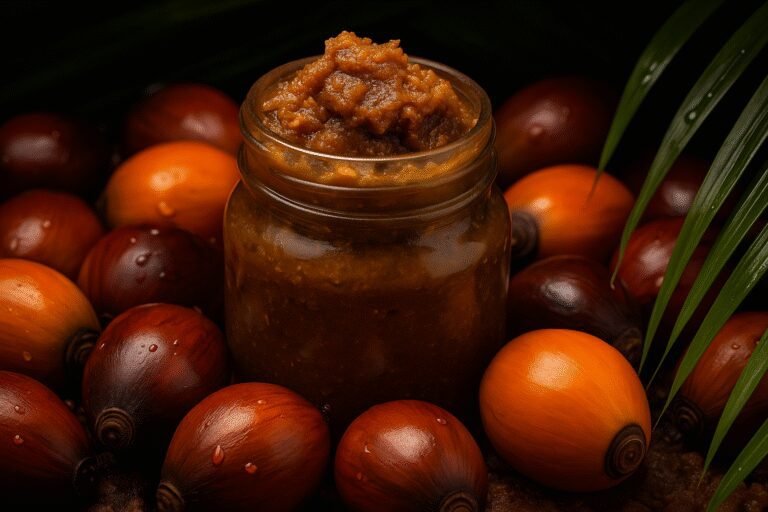Color-Shift Control: Metal Contamination, pH Drift, and Antioxidant Systems in Cosmetics
Color stability is crucial in cosmetics, especially when vibrant hues define a product’s appeal. Metal contamination, pH drift, and unstable antioxidant systems can lead to undesirable color shifts. These shifts not only affect the product’s appearance but also its overall quality. In this blog, we will explore how to prevent color changes by using effective strategies such as chelation, pH control, and antioxidants.
By understanding the factors that cause color shifts and employing the right preventive measures, formulators can maintain product quality. Let’s dive into the science behind these color changes and explore practical solutions to keep your formulations stable.
What Causes Color Shifts in Cosmetic Formulations?
Several factors contribute to color shifts in cosmetics. The most common causes include metal contamination, pH drift, and oxidation. Here’s how each of these factors affects color stability and what we can do to prevent these issues.
Metal Contamination and Its Effect on Color
Metals such as iron, copper, and zinc are common contaminants found in cosmetic formulations. They can enter products through raw materials, processing equipment, or packaging. Once these metals are introduced, they may react with other ingredients, causing discoloration or degradation. Even small amounts of metal can significantly alter the color, especially when combined with reactive ingredients or exposed to heat and light.
For instance, iron salts often cause a brownish tint when they react with organic acids. Copper, on the other hand, catalyzes oxidation reactions that degrade colorants and diminish product quality. Metal contamination is often invisible, but its impact is significant. As a result, it is essential to use chelating agents in formulations to bind these metals and prevent unwanted chemical reactions.
pH Drift: A Key Factor in Color Stability
pH plays a critical role in the color stability of many cosmetic ingredients. For example, anthocyanins (found in plants like red cabbage) are pH-sensitive. They can shift from red to purple or blue depending on pH variations. Likewise, other colorants can experience significant color changes with small shifts in pH.
pH drift occurs naturally due to ingredient interactions or external factors like temperature fluctuations. For instance, acidic ingredients may lower the pH, causing colorants to shift, while alkaline ingredients may raise the pH and lead to fading. As a result, formulators must maintain a stable pH to prevent these color changes from occurring.
To maintain pH stability, formulators should incorporate buffering agents. These agents help resist changes in pH and prevent the color shifts that might arise from pH fluctuations.
Antioxidant Systems: Protecting Against Oxidation
Oxidation is another leading cause of color shifts in cosmetics. It results in the breakdown of ingredients, which leads to discoloration and a loss of product efficacy. Antioxidants are essential for protecting formulations from oxidative damage by neutralizing free radicals. Without proper antioxidant systems, even brief exposure to light or air can result in significant color degradation.
Not all antioxidants are effective in stabilizing color. For instance, antioxidants such as ferulic acid, vitamin C, and sodium metabisulfite are known to prevent oxidation and preserve color. When used in combination with chelating agents, antioxidants help protect against color degradation caused by oxidation.
Strategies to Prevent Color Shifts
Now that we know the causes of color shifts, let’s explore the strategies that can prevent these issues. By using chelation, pH control, and antioxidant protection, formulators can stabilize color and ensure long-lasting product quality.
Chelation: The First Line of Defense
Chelation binds metal ions, preventing them from reacting with other ingredients. Chelating agents such as EDTA, GLDA, and sodium metabisulfite are commonly used in cosmetics to neutralize metal contamination. These agents form stable complexes with metals, making them inert and preventing undesirable reactions.
EDTA is one of the most effective chelating agents. It binds metals and prevents them from interacting with other ingredients, thus maintaining the stability of the formulation. For eco-conscious formulations, GLDA offers a biodegradable alternative to EDTA that is less toxic and equally effective.
Maintaining pH Stability with Buffering Agents
pH stability is crucial for preventing color shifts. Buffering agents like citric acid and sodium citrate are commonly used to maintain the pH of cosmetic formulations. These agents help resist changes in pH, thus preventing the discoloration that could result from pH drift.
By using buffering agents, formulators can ensure that the pH remains stable, helping colorants retain their intended appearance. In this way, formulators can prevent color shifts caused by fluctuations in pH.
Optimizing Antioxidant Protection
Antioxidants are essential for protecting against oxidation, which can lead to color changes. Effective antioxidants such as ferulic acid, vitamin C, and sodium metabisulfite help prevent oxidation in cosmetic products. These antioxidants stabilize the product by neutralizing free radicals and preventing the degradation of colorants.
Ferulic acid is particularly effective in stabilizing vitamin C, which is otherwise prone to degradation. By combining these antioxidants, formulators can protect the colorants and prevent oxidation, thereby preserving the product’s color and quality.
Conclusion
Preventing color shifts in cosmetics is essential for maintaining product quality. By addressing metal contamination, pH drift, and oxidation, formulators can ensure their products retain their intended color and effectiveness. Using chelating agents, pH control, and antioxidants is the most effective way to stabilize color in cosmetic formulations.
Be proactive in assessing your formulations for metal contamination, pH stability, and oxidation risks. With the right ingredients, you can achieve long-lasting color stability and high-quality products that meet consumer expectations. Regular testing and proper formulation practices will ensure the best results.
Next Steps for Chemists
To design effective ceramide-based formulations, balance different ceramide types based on the skin’s needs. Then, integrate supporting ingredients like fatty alcohols and hyaluronic acid to enhance the product’s performance. For more advanced ceramide systems, visit the Grand Ingredients Product Center or Request a Sample for lab testing.







